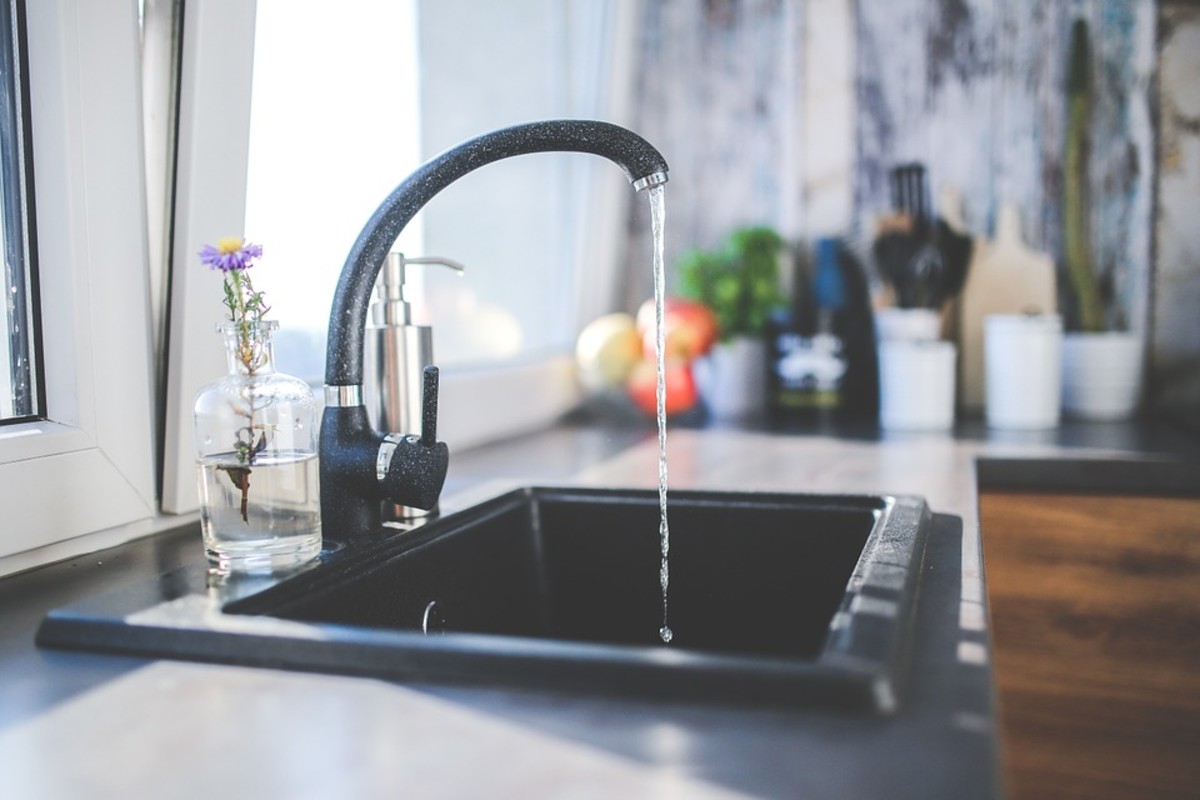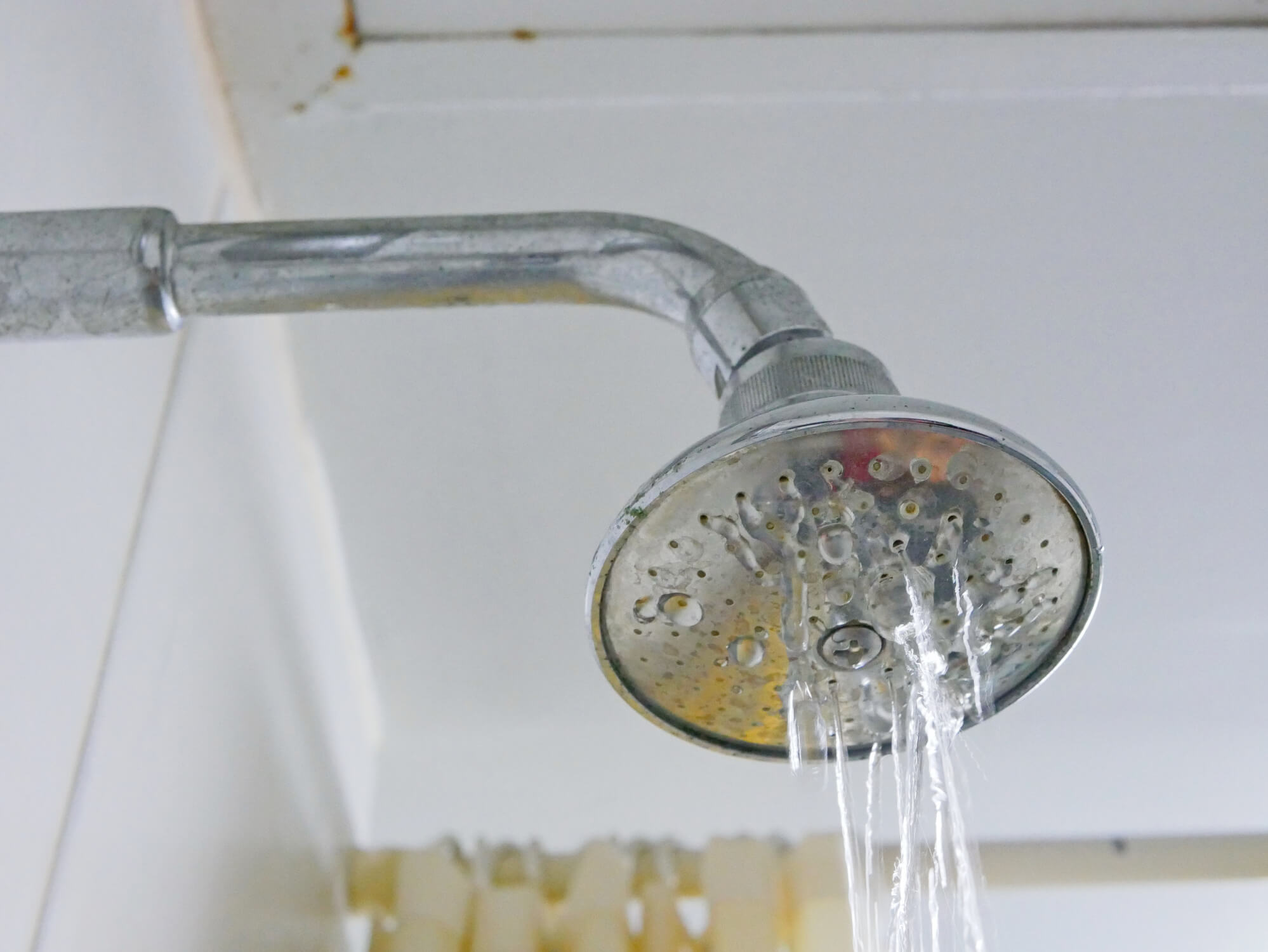Are you looking for insight around How To Fix Noisy Pipes?

To identify loud plumbing, it is very important to identify initial whether the unwanted audios happen on the system's inlet side-in various other words, when water is turned on-or on the drainpipe side. Noises on the inlet side have actually differed reasons: excessive water stress, worn shutoff and tap components, incorrectly attached pumps or other devices, improperly positioned pipeline bolts, as well as plumbing runs containing way too many tight bends or various other limitations. Sounds on the drainpipe side usually originate from poor area or, just like some inlet side noise, a format including limited bends.
Hissing
Hissing noise that takes place when a faucet is opened a little typically signals too much water pressure. Consult your neighborhood water company if you believe this problem; it will have the ability to tell you the water pressure in your location as well as can mount a pressurereducing valve on the inbound water supply pipeline if necessary.
Various Other Inlet Side Noises
Squeaking, squeaking, damaging, snapping, and also tapping normally are brought on by the growth or tightening of pipes, normally copper ones providing hot water. The audios happen as the pipelines slide versus loose fasteners or strike close-by residence framework. You can often identify the place of the trouble if the pipes are exposed; just follow the sound when the pipes are making sounds. More than likely you will find a loosened pipe hanger or a location where pipelines lie so near to flooring joists or other framing items that they clatter versus them. Attaching foam pipe insulation around the pipelines at the point of call ought to correct the trouble. Be sure straps as well as hangers are safe and also provide sufficient assistance. Where feasible, pipeline fasteners should be connected to large architectural elements such as foundation wall surfaces as opposed to to mounting; doing so decreases the transmission of resonances from plumbing to surface areas that can intensify and also move them. If affixing bolts to framework is inescapable, cover pipelines with insulation or other resistant product where they speak to bolts, and sandwich the ends of new fasteners between rubber washers when installing them.
Remedying plumbing runs that experience flow-restricting limited or various bends is a last hope that must be embarked on just after getting in touch with a skilled plumbing service provider. However, this scenario is rather usual in older residences that might not have actually been built with indoor plumbing or that have actually seen numerous remodels, specifically by beginners.
Babbling or Shrieking
Extreme chattering or shrieking that happens when a valve or faucet is turned on, which typically vanishes when the fitting is opened fully, signals loosened or malfunctioning inner components. The service is to replace the valve or tap with a brand-new one.
Pumps as well as appliances such as cleaning equipments as well as dishwashers can transfer electric motor noise to pipes if they are incorrectly connected. Connect such products to plumbing with plastic or rubber hoses-never rigid pipe-to isolate them.
Drain Sound
On the drain side of plumbing, the chief objectives are to remove surfaces that can be struck by falling or hurrying water and also to protect pipes to contain inescapable noises.
In new building, bathtubs, shower stalls, bathrooms, and wallmounted sinks and also basins need to be set on or versus resilient underlayments to lower the transmission of noise via them. Water-saving bathrooms and taps are much less noisy than standard models; mount them rather than older kinds even if codes in your location still permit making use of older components.
Drainpipes that do not run up and down to the basement or that branch right into straight pipe runs sustained at flooring joists or other mounting present specifically bothersome noise troubles. Such pipes are huge enough to emit substantial resonance; they likewise carry considerable amounts of water, that makes the situation even worse. In new building and construction, specify cast-iron dirt pipes (the big pipelines that drain pipes toilets) if you can manage them. Their enormity includes a lot of the noise made by water going through them. Additionally, avoid directing drains in walls shown rooms and spaces where individuals gather. Wall surfaces having drainpipes must be soundproofed as was defined earlier, utilizing dual panels of sound-insulating fiber board and wallboard. Pipelines themselves can be covered with special fiberglass insulation produced the function; such pipelines have an impervious vinyl skin (often having lead). Results are not always adequate.
Thudding
Thudding sound, often accompanied by shuddering pipes, when a faucet or home appliance shutoff is switched off is a condition called water hammer. The noise as well as resonance are brought on by the resounding wave of pressure in the water, which all of a sudden has no location to go. Often opening up a valve that releases water promptly right into an area of piping containing a restriction, elbow joint, or tee installation can generate the very same problem.
Water hammer can generally be cured by installing installations called air chambers or shock absorbers in the plumbing to which the issue shutoffs or taps are attached. These tools permit the shock wave developed by the halted circulation of water to dissipate in the air they contain, which (unlike water) is compressible.
Older plumbing systems may have short vertical sections of capped pipe behind walls on tap competes the very same objective; these can at some point loaded with water, lowering or damaging their performance. The treatment is to drain pipes the water supply entirely by shutting down the primary water supply shutoff and also opening up all taps. After that open up the primary supply valve as well as close the faucets one at a time, starting with the tap nearest the shutoff and ending with the one farthest away.
WHY IS MY PLUMBING MAKING SO MUCH NOISE?
This noise indeed sounds like someone is banging a hammer against your pipes! It happens when a faucet is opened, allowed to run for a bit, then quickly shut — causing the rushing water to slam against the shut-off valve.
To remedy this, you’ll need to check and refill your air chamber. Air chambers are filled with — you guessed it — air and help absorb the shock of moving water (that comes to a sudden stop). Over time, these chambers can fill with water, making them less effective.
You’ll want to turn off your home’s water supply, then open ALL faucets (from the bathroom sink to outdoor hose bib) to drain your pipes. Then, turn the water back on and hopefully the noise stops! If you’re still hearing the sound, give us a call to examine further.
Whistles
Whistling sounds can be frustrating, as sometimes the source isn’t easily identified. However, if you can pinpoint which faucet or valve that may be the cause, you’ll likely encounter a worn gasket or washer — an easy fix if you replace the worn parts!Whistling sounds from elsewhere can mean a number of things — from high water pressure to mineral deposits. Your best plan of attack here is to give our plumbing experts a call. We’ll be able to determine where the noise is coming from and what the cause may be, then recommend an effective fix!
Cracks or Ticks
Cracking or ticking typically comes from hot water going through cold, copper pipes. This causes the copper to expand resulting in a cracking or ticking sound. Once the pipes stop expanding, the noise should stop as well.
Pro tip: you may want to lower the temperature of your water heater to see if that helps lessen the sound, or wrapping the pipe in insulation can also help muffle the noise.
Bangs
Bangs typically come from water pressure that’s too high. To test for high water pressure, get a pressure gauge and attach it to your faucet. Water pressure should be no higher than 80 psi (pounds per square inch) and also no lower than 40 psi. If you find a number greater than 80 psi, then you’ve found your problem!
Next step is to give us a call in order to install a pressure regulator. Trust us, you don’t want to wait to resolve this issue. Not only is the sound annoying, but high water pressure can be destructive to your home — including damaging certain appliances, like your washer and dishwasher.
Dripping
You might be accustom to the slow quiet drip your kitchen faucet makes. You might have even tuned out your bathroom sink dripping and drabbing all day long — but it’s time to find its cause.
A slow drip could signify a variety of easy to fix issues, such as a worn out O ring, or loose part. And by ignoring the drip, you could be wasting up to 2,000 gallons of water a year! So start conserving water — get it looked at ASAP.
https://www.pwessig.com/blog/2018/december/why-is-my-plumbing-making-so-much-noise-/

As a serious person who reads about Why is My Home Making Strange Plumbing Noises, I assumed sharing that segment was a smart idea. Enjoyed reading our content? Please share it. Let others locate it. Thank you so much for taking the time to read it.
Quote